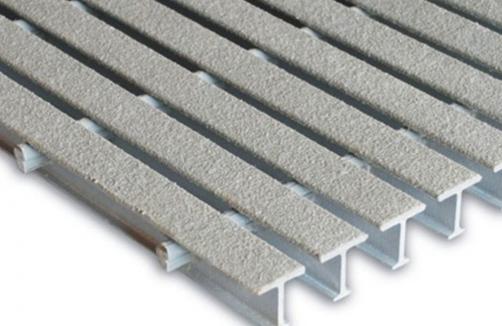According to the regulations, the environmental protection tax is calculated on a monthly basis and is reported on a quarterly basis. On April 1, last year the first levy have been ushered in.
1.Specified taxpayer
According to the regulations, taxpayers of environmental protection tax are enterprises and institutions and other producers and operators who directly discharge pollutants to the environment in the territory of the People's Republic of China and other sea areas under the jurisdiction of the People's Republic of China. Among them, residents and individuals who do not directly discharge taxable pollutants to the environment do not have to pay environmental taxes. In addition, the object of expropriation refers to atmospheric pollutants, water pollutants, solid waste and noise as stipulated in the Environmental Protection Taxation Tax Schedule and the Taxable Contaminants and Equivalent Values Table.
2.Changes in Taxation patterns
From sewage charges to environmental taxes, it is by no means a simple name change, but an all-round transformation from institutional design to concrete implementation. In the area of tax collection and management, after the change, the collection department will change from the environmental protection department to the taxation authority and the environmental protection department together, and the tax collection and management mode of “enterprise declaration, tax collection, environmental monitoring, and information sharing” will be opened.
3.Specified tax standards
The environmental protection tax law stipulates that the tax amount for taxable atmospheric pollutants is 1.2 yuan to 12 yuan per pollution equivalent, and the tax amount of water pollutants is 1.4 yuan to 14 yuan per pollution equivalent. The place can be adjusted on this basis. Among them, Heilongjiang, Liaoning, Jilin, Zhejiang, Anhui, Fujian, Jiangxi, Shaanxi, Gansu, Qinghai, Ningxia, Xinjiang and other 12 provinces set the tax amount according to the lower limit; Beijing, Tianjin, Hebei, Shanghai, Jiangsu, Henan and other six provinces The tax amount is at a high level, the amount of air pollutants is between 4.8-12 yuan per pollution equivalent, and the water pollutant tax is between 4.8-14 yuan per pollution equivalent.
4.The accounting report has a certificate.
The tax accounting application work is not only to calculate the taxable amount, but also to produce a large number of compliant tax payment vouchers, including monitoring records, operational records of pollution prevention facilities, qualifications of hazardous waste disposal units, transfer storage, and general utilization of solid waste. In case of the situation, these tax vouchers should be kept in a unified manner. Therefore, the environmental protection tax requires a set of reasonable work processes in the financial, environmental protection, equipment, production and technology departments to better complete the accounting application.
5.There are tools for reporting and paying.
According to the State Administration of Taxation, tax authorities across the country have identified more than 260,000 environmental taxpayers based on the basic information on pollution sources and historical data on sewage charges handed over by the environmental protection department. Focusing on the concept of “simple and burden-reducing”, the tax department reduced the number of statements and the number of fields filled by taxpayers by about 2/3, and adopted the structure of “tax return form + basic information collection form”, which was collected by the basic information collection form at one time. In addition, taxpayers will be able to enjoy the convenience of "Internet +", and they can apply for online tax payment without leaving home.








